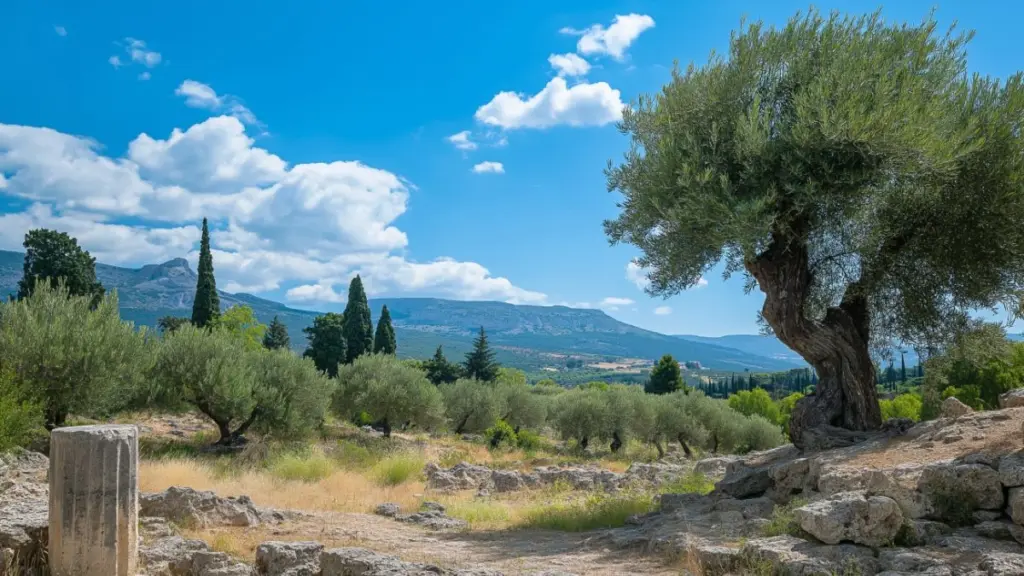Crete, Greece: Top Attractions and Hidden Gems You Need to Explore
Table of Contents
Crete is Greece’s largest island—and arguably its most diverse. While many travelers associate Crete with postcard-worthy beaches, this rugged and historic island offers much more than sun and sand. From Venetian harbors and ancient ruins to olive-covered hills and tucked-away villages, Crete has something for every kind of traveler.
Despite its popularity, Crete still hides countless underrated destinations, where traditional life thrives and natural beauty remains untouched. According to Greek tourism data, while over 4 million visitors arrive annually, the majority focus on just a few coastal hubs, missing the inland wonders and quiet corners that truly define the Cretan experience.
In this guide, we’ll explore both the top attractions and hidden gems of Crete. Whether you’re a history buff, nature enthusiast, or slow-travel seeker, these curated highlights will help you build a well-rounded itinerary. From famous sites like the Palace of Knossos to secret beaches and mountain hamlets, Crete invites you to slow down, look deeper, and discover its timeless charm.
In-Depth Outline
1. Heraklion: A Capital with Culture and History
- Visit the Palace of Knossos, the center of Minoan civilization.
- Explore the Heraklion Archaeological Museum, home to ancient artifacts.
- Stroll through the old Venetian harbor and Koules Fortress.
- Try Cretan dishes like dakos and kalitsounia in traditional tavernas.
- Use Heraklion as a base for east or central Crete exploration.
Table: Top Sites in Heraklion
| Attraction | Description |
|---|---|
| Knossos Palace | Minoan ruins with frescoed halls |
| Archaeological Museum | Minoan and Byzantine artifacts |
| Venetian Harbor | Scenic walk with cafés and history |
2. Chania: Venetian Beauty and Coastal Charm
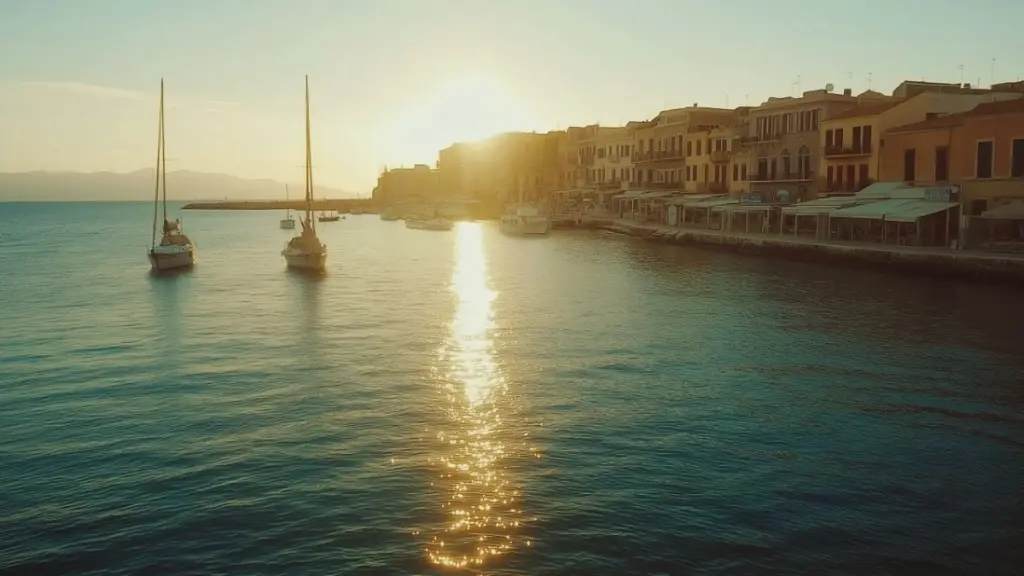
Chania is often considered the most picturesque city in Crete, thanks to its beautifully preserved Venetian harbor, pastel-colored waterfront houses, and rich architectural fusion of Ottoman and Venetian elements. Start your visit in the Old Town, a maze of cobblestone streets lined with boutique shops, historic synagogues, and artisan workshops.
One of Chania’s highlights is the Egyptian Lighthouse, a landmark that offers stunning sunset views across the harbor. For a deeper cultural dive, stop by the Nautical Museum or the Archaeological Museum of Chania, located in a former Venetian monastery.
Don’t miss Agioi Apostoloi Beach, just a short drive away, or the nearby Botanical Park of Crete, ideal for a peaceful walk through Mediterranean flora.
Food lovers will appreciate Chania’s bustling central market and local tavernas serving Cretan wine, honey, and cheese. A food tour or olive oil tasting adds depth to your visit.
Table: Chania Travel Tips
| Experience | Why It’s Worth Visiting |
|---|---|
| Old Town Exploration | Historical architecture + shopping |
| Harbor Walk at Sunset | Romantic and photogenic |
| Botanical Park Visit | Family-friendly and peaceful outing |
3. Elafonissi Beach: Crete’s Pink Paradise
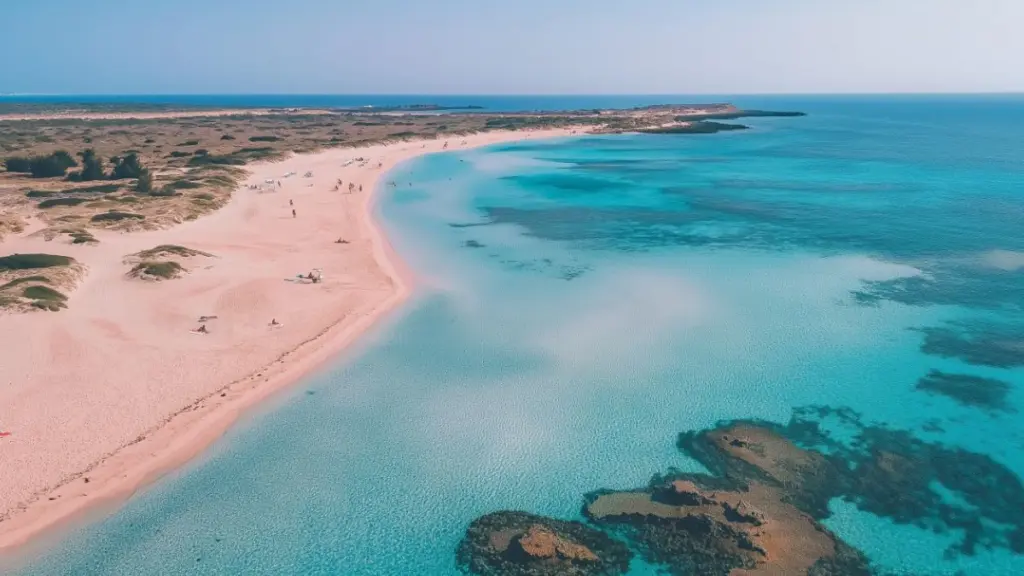
- Famous for its pink-hued sand and shallow turquoise waters.
- Great for families with calm, lagoon-like swimming.
- Protected natural reserve—stay on designated paths.
- Best visited early morning or off-season to avoid crowds.
- Nearby Chrysoskalitissa Monastery offers a peaceful cultural stop.
Table: Elafonissi Beach Overview
| Feature | Benefit |
|---|---|
| Pink Sand | Unique aesthetic appeal |
| Shallow Waters | Ideal for children and wading |
| Protected Area | Limited development |
4. Samaria Gorge: A Hiker’s Dream
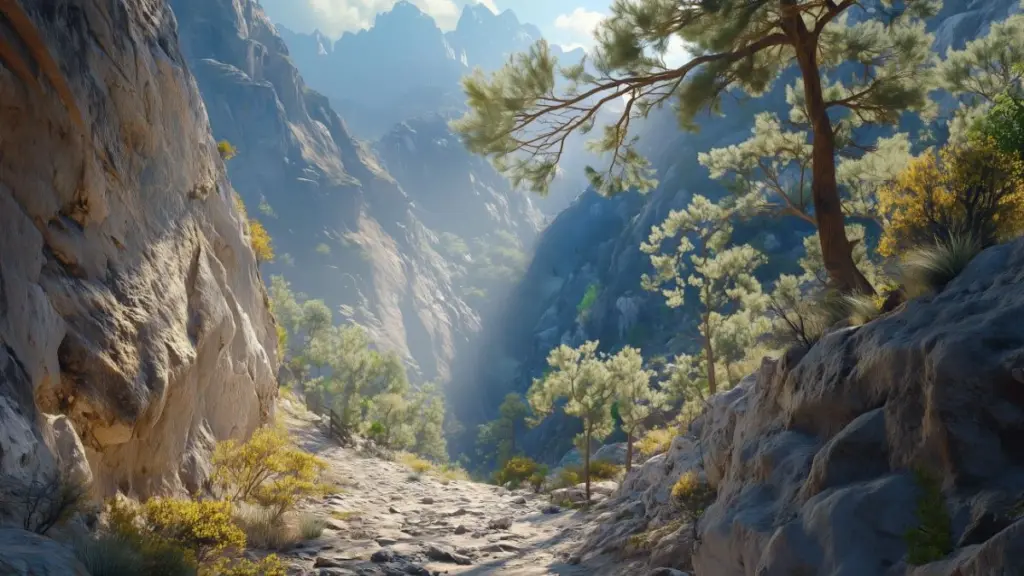
Spanning 16 kilometers through the White Mountains of Crete, Samaria Gorge is one of Europe’s longest and most dramatic gorges. It begins in Omalos Plateau and descends all the way to the seaside village of Agia Roumeli on the Libyan Sea. The trail winds through towering cliffs, ancient cypress trees, and the famous “Iron Gates”, where the canyon narrows to just 4 meters wide.
The trek is moderately challenging, taking around 5–7 hours depending on pace, and it’s best tackled in spring or early autumn when temperatures are cooler and wildflowers are in bloom. Proper hiking shoes, water, and snacks are essential.
Along the trail, you may spot Cretan kri-kri goats, eagles, or rare orchids. This protected national park is also a UNESCO Biosphere Reserve, emphasizing its ecological value.
At the end of the hike, relax in Agia Roumeli or take a ferry to Chora Sfakion to continue your southern Crete adventure.
Table: Samaria Gorge Trek Details
| Detail | Recommendation |
|---|---|
| Length | 16 km (about 10 miles) |
| Difficulty | Moderate to strenuous |
| Best Season | Late spring to early fall |
5. Archanes Village: Hidden in the Hills
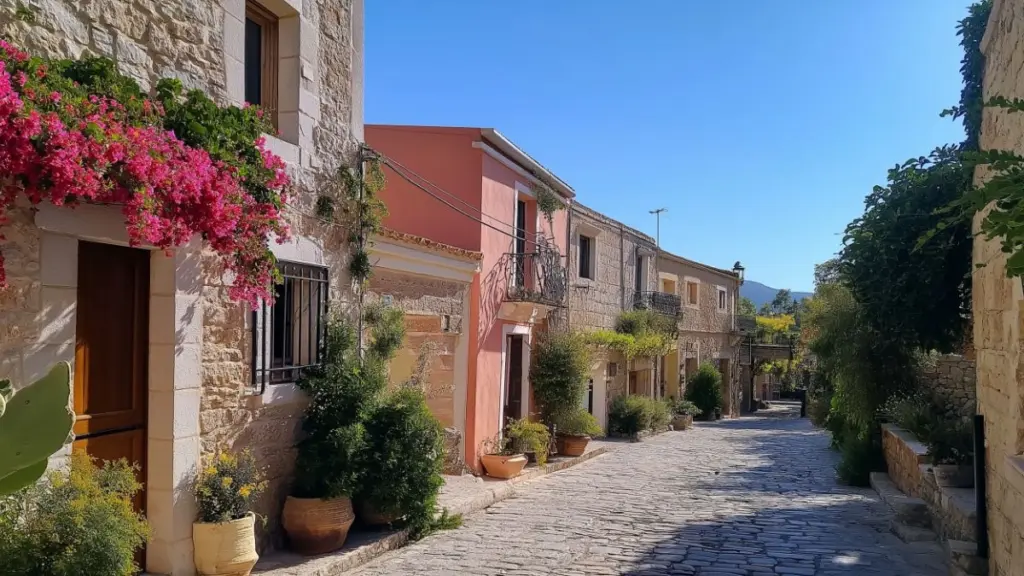
- Located just 30 minutes from Heraklion but feels a world away.
- Known for local vineyards, slow food, and charming alleys.
- Offers boutique guesthouses in traditional stone homes.
- Great base for wine tours and visiting Knossos without crowds.
Table: Archanes Highlights
| Experience | Why It’s Special |
|---|---|
| Wine Tasting | Part of Crete’s oldest wine region |
| Local Markets | Authentic Cretan produce |
| Architecture | Preserved neoclassical charm |
6. Loutro: A Seaside Village You Can Only Reach by Boat
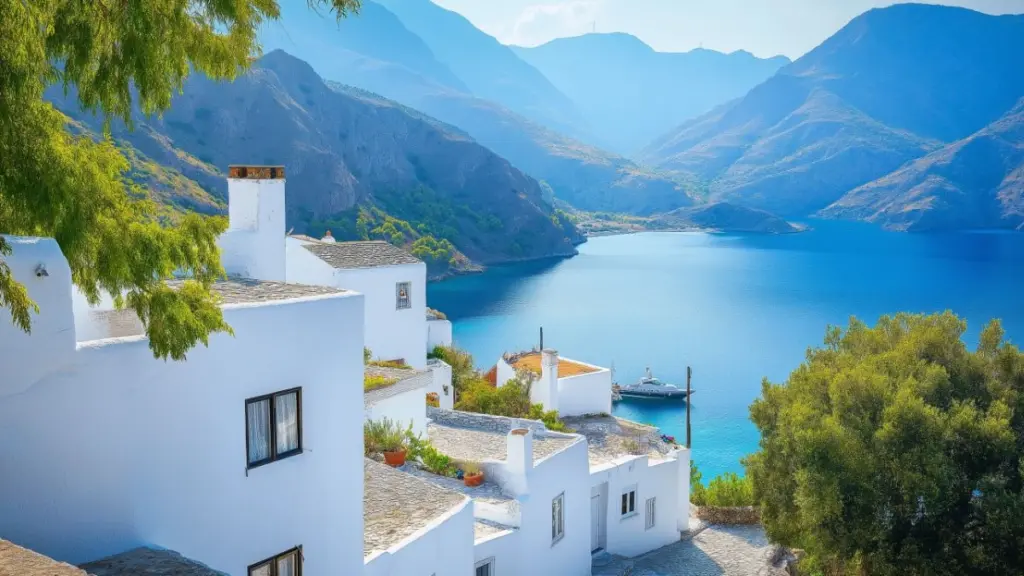
- Located on Crete’s south coast between Chora Sfakion and Agia Roumeli.
- No roads—access only by boat or hike, preserving its charm.
- Crystal-clear waters, fresh seafood tavernas, and peaceful ambiance.
- Ideal for digital detox or romantic escapes.
Table: Why Visit Loutro?
| Feature | Benefit |
|---|---|
| Car-Free Village | Ultra-quiet and relaxing |
| Coastal Trails | Great for hiking and kayaking |
| Authentic Dining | Fresh-caught seafood daily |
7. Spinalonga Island: A Fortress with a Story
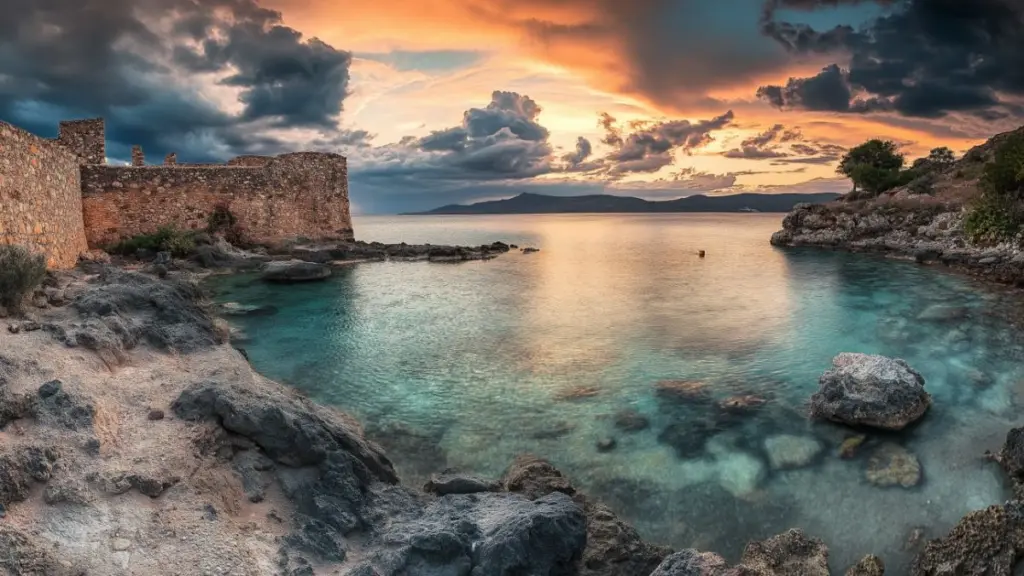
- A former leper colony turned into a UNESCO-nominated site.
- Features Venetian fortress architecture and preserved homes.
- Can be reached by boat from Elounda or Plaka.
- Offers insight into Crete’s complex and moving history.
Table: Visiting Spinalonga
| Info | Details |
|---|---|
| Duration | Half-day trip |
| Accessibility | Small boats from nearby ports |
| Atmosphere | Historic + reflective |
Conclusion
Crete is more than a vacation destination—it’s a layered, living museum of history, nature, and culture. Whether you’re marveling at Minoan ruins, hiking gorges, lounging on pink sand beaches, or discovering quiet villages, each part of Crete tells a different story. This guide has only scratched the surface, highlighting both iconic sites and lesser-known gems that make the island so captivating. For travelers seeking both adventure and authenticity, Crete delivers in every season, with a diverse landscape and welcoming spirit that lingers long after your trip ends.


